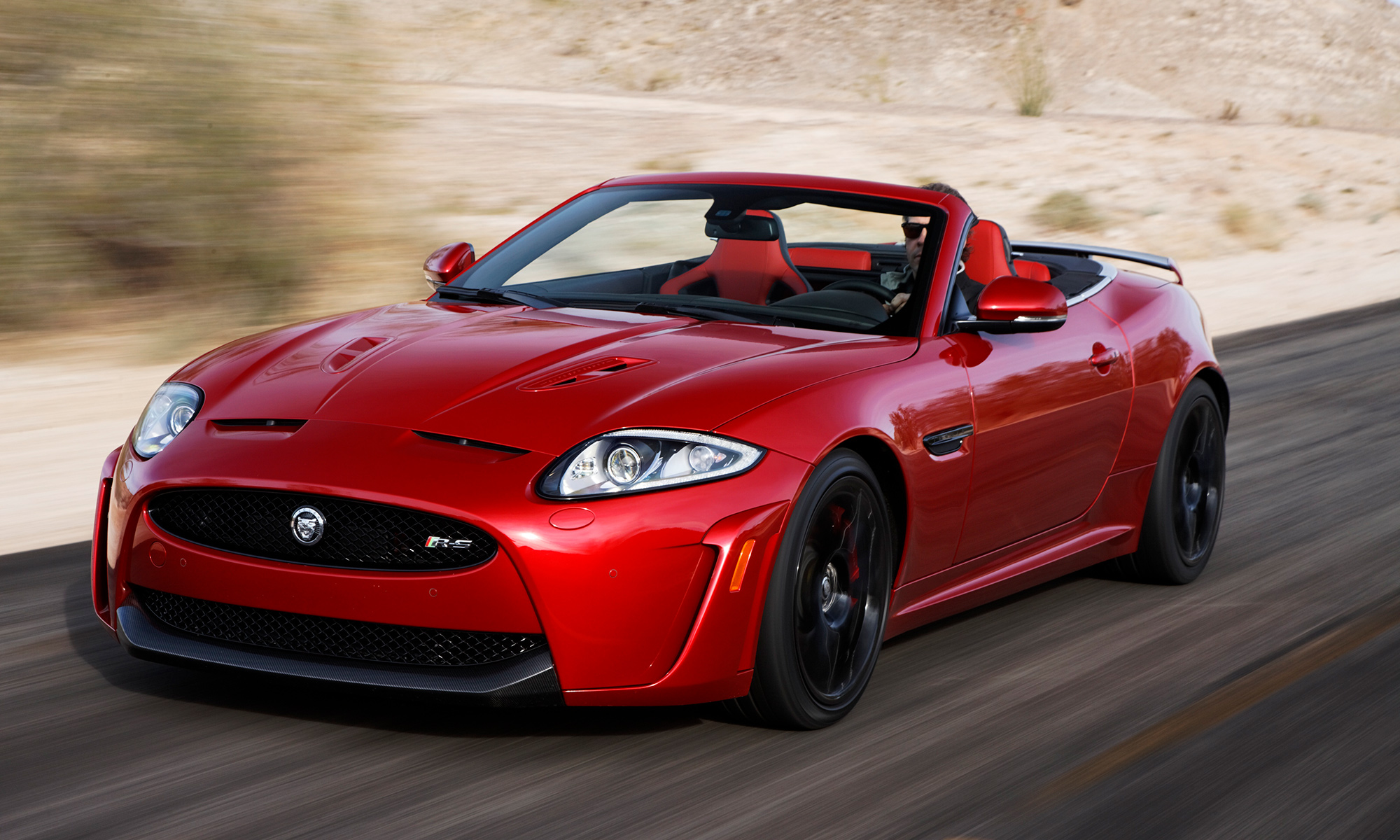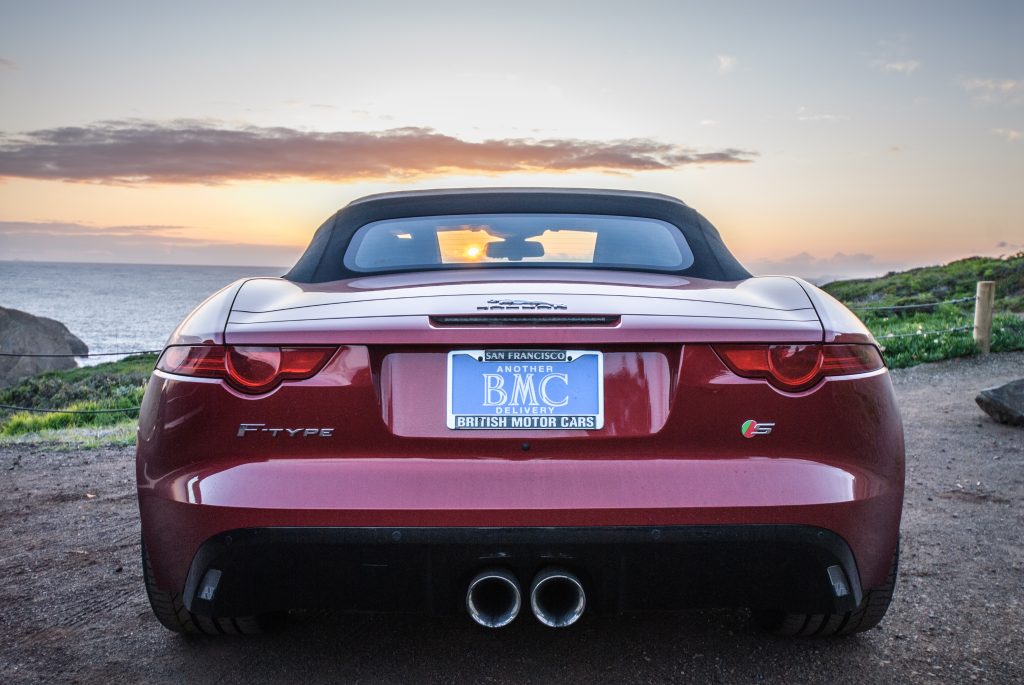
Classic car enthusiasts aren’t like other brand or marque enthusiasts. You won’t find us sleeping on the sidewalk outside our marque’s dealerships, waiting patiently in line to purchase their latest model the same day it becomes available.
Instead, we tend to be a conservative bunch. We think that whichever models were the rage when we were young, and which happen to currently be sitting in our garages in varying states of disrepair, were the very pinnacle of automotive evolution. We feel it’s been nothing but downhill from there.
In my case, my personal affliction is British cars. Even worse, Jaguars.
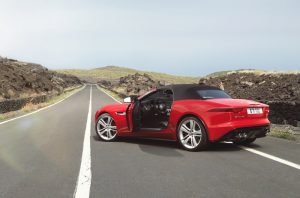
When I was a boy, my uncle owned an early XJ6, sleek and beautiful in bone white with a red leather interior. But that wasn’t what caught my eye. Instead it was the dual filler caps, situated on top of the rear fenders, on either side of the trunk lid. They were shaped exactly like the filler caps on race cars. And there were two of them.
My uncle explained that the second cap wasn’t for show, there really was a second gas tank underneath it. He explained that Jaguar had built the car that way in order to not have to compromise on Sir William Lyons’ design and styling. He wanted the rear of the car to taper, to please the eye with a satisfying line, coming to a beautiful conclusion. My uncle then showed me a switch on the dashboard, used to manually select which tank to draw fuel from.
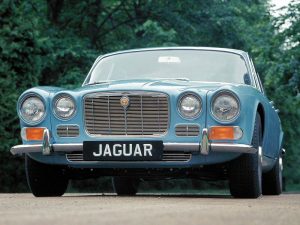
Pure eccentric British magic. From that moment on, I was a Jaguar enthusiast. 20 years later I bought my first, a classic “Series III” XJ6 with the dual filler caps. Fast forward another 20 years and four more Jaguars, and I am one of the many Keepers of the Faith. We think Jaguar engines should only exist in multiples of six cylinders, that all Jaguars should sport filler caps and gas tanks in duplicate, and that beauty of design should trump all other considerations. With the possible exception of speed.
We tinker, we restore, we drive and we enjoy. We soldier on, regardless of whether Jaguar is busy snatching defeat from the jaws of victory, as happened in the 1970s, or the opposite, which seems to be happing now.
It is very predictable then, that when Jaguar introduces a new model, we bemoan and decry its lack of proper “jaguarness”, as well as other virtues we think a Jaguar should extol. Sometimes we’re spot on. We correctly predicted that the liner-less, all-aluminum block of the then new AJ-V8 engine in 1996 would cause no end of problems. Despite Jaguar’s assurances to the contrary, it did. We were also right about the X-Type being a serious mistake, even though it did sell in half-decent numbers for a short while.
We’ve more often been wrong though. When the XJ-S was introduced as the replacement to the venerable E-Type in 1975, we were not the only ones who wondered what Jaguar were thinking. We were not shy about letting them know just how off their rocker we thought they were, either. Today the XJ-S has a loyal following, not least among us enthusiasts.
It’s hard to believe now, but when the Series III-generation of the XJ was introduced in 1979, we were not pleased. The body had been subtly restyled by Pininfarina, with a revised greenhouse and “federal” bumpers. We did not approve, and loudly so. Today this model is a much sought after classic.
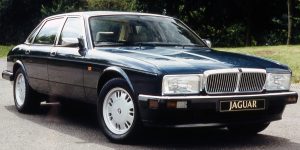
It got even worse with the next generation XJ, these days more often known by its internal Jaguar code name of XJ40. When it was finally introduced in 1986, after many delays, we were up in arms. The styling was contemporary and modern, and the car was bleeding-edge advanced for its time. However, it suffered more than its fair share of technical problems, especially in the beginning. We lavished it with loathing and ridicule, yet today we enthusiasts collect them.
The only recent Jaguar model I can’t remember being roundly denounced by enthusiasts was the X300-generation of the XJ in 1994. It was an evolution of the XJ40, built with a new-found belief in quality control at the factory. Its styling, though very retro-inspired, was favorably received. Even by us.
With that single exception, the list goes on, to the present day. We hated the XK8 in 1996. We deplored the S-Type in 1999 and throughly despised the X-Type in 2001. We were indifferent to the X350-generation XJ in 2003 as well as to the new generation XK in 2006. We couldn’t even be bothered to condemn the XF in 2008 and we reviled the X351 (the current XJ) in 2009.
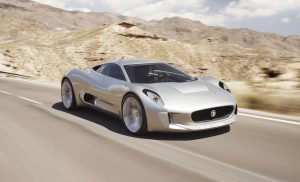
Curiously enough, we’ve always liked the one-off concepts, the ones that never made it into production. Mention the 1966 XJ13, 1980 XJ41, the 2000 XK180 or even the 2010 C-X75 to an enthusiast and watch their eyes glaze over. We really liked those.
Which brings us to the present day. In September 2012 Jaguar introduced the F-Type and we were ready to pounce. Some enthusiast quickly said it looked like a Mustang, a Honda S2000, a Maserati or even a Spyker, anything but a real Jaguar. Others opined that Jaguar wouldn’t know a true sports car if it overtook them on the Mulsanne Straight, because they didn’t include a manual transmission option at launch.
Never mind that the F-Type is a true roadster, in direct lineage from some of Jaguar’s most memorable cars. Disregard that it carries bold new styling, moving the marque forward, just as the XK120 and the E-Type did when they were introduced in 1948 and 1961, respectively. Let’s not even mention that it introduces a brand new engine, in keeping with the best of Jaguar traditions since at least 1948. Oh, and the soundtrack. There is nothing like it. Let off the gas in Dynamic Mode and you are rewarded with a lot of crackles and pops from the exhaust.
Don’t get me wrong, not all enthusiasts were dismissive of the F-Type in 2012, just as not all enthusiasts were dismissive of the previous models when they were introduced. As Keepers of the Faith, we’re not exactly Jaguar’s target demographics anyway, most of us either can’t afford or wouldn’t want to purchase a new Jaguar regardless. Nevertheless, all this negativity makes me wonder what Jaguar makes of us.
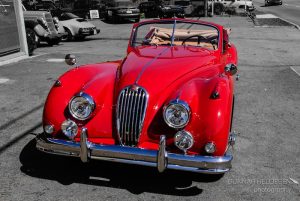
As someone who once got to drive a beautifully restored 1955 Jaguar XK140 MC DHC, let me say that Jaguar, and indeed the entire car industry, has come a long way since then. Even with upgraded brakes (disc brakes, not original for this car), the car took quite a bit of effort to stop. There were no seat belts or other safety equipment and the steering wheel was roughly the size of Texas, and equally as responsive to course corrections.
The XK140 was magnificently beautiful for its time, and is seen as even more so today. It was a huge improvement in legroom and drivability over the XK120 and was a very quick car. I wonder if Jaguar enthusiasts back then, and I’m sure Jaguar had them, considered it a step back from the XK120 because of the subtly changed styling? Did they decry its lack of proper “jaguarness” because it had beefier bumpers and was available with an optional automatic transmission?
As Keepers of the Faith and, more importantly, Friends of the Marque, we have a decision to make. Would we rather have that Jaguar had died a glorious and honorable death back in the 1970s, still trying to sell 1959 Mark 2s, 1961 E-Types and 1968 XJ6s to an unimpressed public? Do we feel betrayed by the fact that the company is still alive and trying to satisfy contemporary buyers with what their particular sensibilities fancy?
What then, of the F-Type? Of course we’re entitled to our opinions, but hasn’t history taught us to hold our tongue for at least 20 years before we pass judgement on its inherent “jaguarness” and whether or not it should be allowed to sport the F-Type badge?
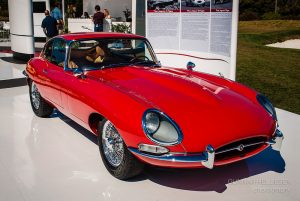
Yes, the E-Type was special. It inspired Enzo Ferrari, of all people, to say it was the most beautiful car ever made. It got included in the permanent collection of the Museum of Modern Art in New York. But consider this: It was designed at a time when car makers were still allowed to sell cars that were designed and built to do only that; sell.
When Jaguar chief designer Ian Callum penned the C-X16 concept in 2011, upon which the F-Type was built, he had to take into consideration global regulations governing everything from collision prevention and protection to iPhone hookups and carbon emissions. That’s not an excuse, that’s just fact.
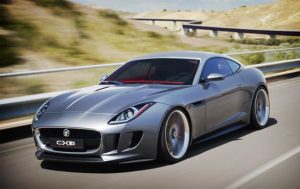
Where I live, in California, Google and others are now testing driverless cars on our roads, in regular traffic. Tesla is ramping up production of the Model 3 and one of the best selling cars is the Toyota Prius. It’s a brave new world and before long the pitch-perfect 575 hp V8 exhaust-note of the F-Type will be a thing of the past. Never mind not having a manual transmission, we won’t even have manual steering, at least not on the freeways. People vote with their wallets and this is what they want.
Is the F-Type a worthy successor to the E-Type, 50 years on? My personal inclination is to say “Hell, yes!”, especially since I actually bought one. However, even if I hadn’t, experience dictates that I should wait another decade or two before giving my final verdict.
Is it as beautiful as the E-Type? That’s a matter of personal tastes, yours will differ from mine and everyone else’s. To me, the more important question is: Does it catch the eye of 10-year old kids and cause them to stop and stare? I’m here to tell you that it does.
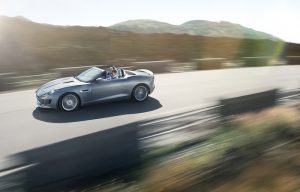
That’s the challenge Ian Callum and Jaguar were facing. Of course, their more immediate need was to entice grownups into purchasing the car in the first place. Ultimately though, the future of the marque rests on creating more Keepers of the Faith.
Without them, without the panache and allure of the brand, without little hearts racing and imaginations soaring at the sound of a new Jaguar engine starting up, there is no magic. And without the magic, there’s absolutely no reason in the world to spend from $60K (I4, 296 HP, RWD Coupe) to $125K (V8, 575 HP, AWD Convertible) on a smallish car with more horsepower than anyone could possibly need, but which only seats two.
Jaguar needs the magic. If they’ve pulled it off, the F-Type will be found, in various states of disrepair, in the garages of Keepers of the Faith in the future. And that’s how we’ll know if they truly succeeded in creating the successor to the E-Type.
In the meantime, look for us F-Type owners on twisty roads everywhere, huge grins plastered all over our faces.
–––––
(This article was previously published as The Jaguar F-Type and the Keepers of The Faith on my personal blog.)
